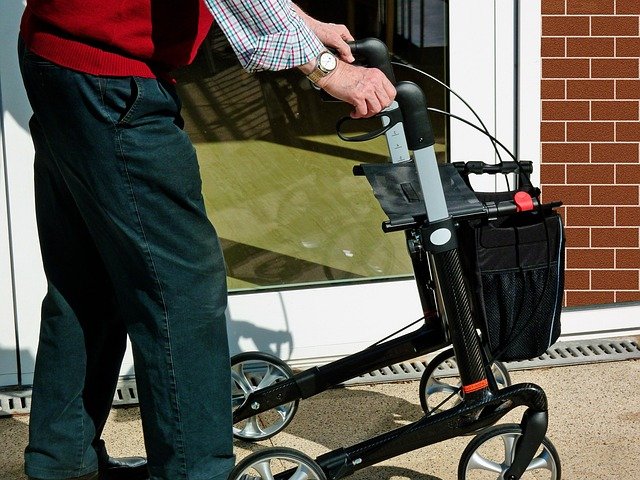Decoding the Wellness Potential of Blue Zones: The Secrets of the World’s Healthiest Communities
The quest for optimal health and longevity is a timeless pursuit. But what if the blueprint for this coveted wellness goal lay tucked away in certain geographical pockets around the world? Welcome to the Blue Zones – regions that boast the highest concentrations of centenarians, where people not only live longer but also lead healthier, happier lives.

The Origin of Blue Zones
The term “Blue Zones” was coined by National Geographic Fellow and author, Dan Buettner, who identified five such zones across the globe. These include Okinawa in Japan, Sardinia in Italy, Nicoya Peninsula in Costa Rica, Icaria in Greece, and the Seventh-day Adventist community in Loma Linda, California. Intriguingly, these regions, despite their distinct cultures and geographies, share common lifestyle characteristics associated with longevity and well-being.
Unraveling the Blue Zone Lifestyle
Studies reveal that the Blue Zone lifestyle intertwines dietary habits, physical activity, social engagement, and a sense of purpose. This holistic approach points to a compelling fact: wellness extends beyond mere diet and exercise, encompassing mental, emotional, and social wellbeing.
Dietary Habits
Blue Zone inhabitants primarily consume plant-based diets rich in whole grains, legumes, vegetables, and fruits with minimal meat and processed foods. Their diets are high in natural antioxidants and fiber, promoting digestive health and preventing chronic diseases.
Physical Activity
Daily physical activity is seamlessly integrated into their lives. From farming and gardening to walking and traditional dances, movement is a natural part of their daily routine, not a structured gym regimen.
Social Engagement
Strong social networks, frequent interaction, and communal activities are cornerstones of Blue Zone communities. These social structures provide emotional support, reduce stress, and contribute to overall happiness.
Sense of Purpose
Having a sense of purpose or ‘Ikigai’, as the Okinawans call it, is integral to the Blue Zone lifestyle. This purpose-driven life contributes to mental health and longevity.
The Science Behind Blue Zones
Scientific research corroborates the health benefits of the Blue Zone lifestyle. Diets rich in plant-based foods are linked to lower risks of heart disease, obesity, diabetes, and certain cancers. Regular physical activity aids cardiovascular health, bone density, and cognitive function. Strong social networks and a sense of purpose have been associated with lower stress levels and improved mental health.
Practical Insights from Blue Zones
To harness the wellness potential of Blue Zones, one doesn’t need to relocate. Here are some actionable insights you can incorporate into your lifestyle:
- Adopt a plant-forward diet, emphasizing whole, unprocessed foods.
- Incorporate regular, low-intensity physical activity into your daily routine.
- Cultivate strong social connections and engage in community activities.
- Discover and pursue your ‘Ikigai’ or life’s purpose.
Final Thoughts
The secrets of Blue Zones unravel a holistic approach to health and longevity, one that harmoniously blends diet, activity, social interaction, and purposeful living. While the specifics may vary, the underlying message is universal: wellness is a multi-faceted journey that goes beyond mere absence of disease. It is time we looked beyond our borders and borrowed these timeless principles, tailoring them to our unique lifestyles for a healthier, happier, and longer life.




